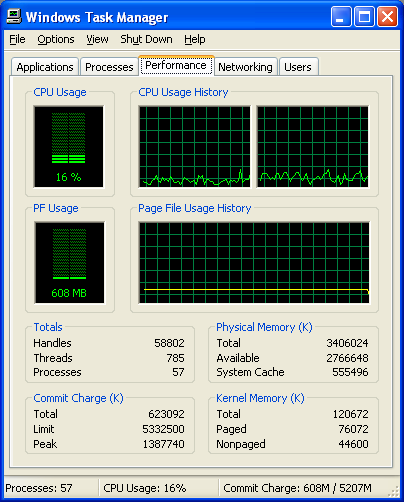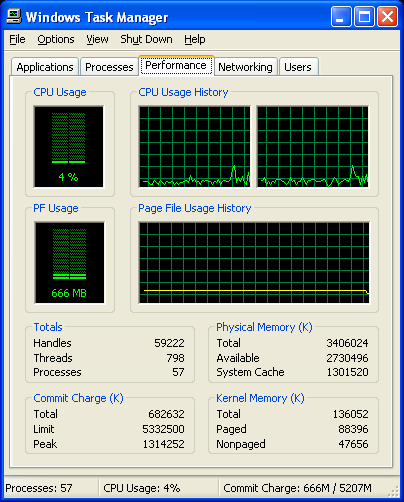Home Media Magazine last week published year to date sales stats for Blu-ray and DVD. While the year isn’t over yet, they are still worth taking a look at.
Overall, Blu-ray sales accounted for 4% of the market by disc volume (the number of actual packages sold) for the top 20 titles. If you look at dollar volume (the total amount of money taken in), Blu-ray did a little better at 6.11%, which is not a surprise considering that a typical Blu-ray movie is more expensive than a DVD.
If you look at the growth figures, Blu-ray sales are way up on last year, a 233.23% increase to $USD 410.28 million dollars. DVDs, on the other hand, were down 8.47% at $6,306.01 million, taking into account that the YTD figures are only up to 16th November.
With the above set of figures, it is possible to extrapolate last year’s figures, which are as follows:
- Blu-ray: $175.91 million (2.5%)
- DVD: $6,889.56 million (97.5%)
These figures look right to me, as Blu-ray did have a 2.5% market share this time last year (with HD DVD still holding around 1.5%). It looks like Blu-ray has successfully absorbed the HD DVD market share, and still managed to grow about 2%. This may not sound like a lot, but considering that most of Blu-ray’s growth has been in the second half of the year (and in the last quarter of 2008, which is yet to finish), things are looking pretty bright.
But Blu-ray was brought in make up for the ever shrinking DVD profits, and with the above set of figures, it is now possible to see if Blu-ray has managed to do just this for the studios. DVD sales dropped by $583.55 million from 2007 to 2008 (up to 16th November). However, Blu-ray sales have only increased by $234.37 million in the same period. Since these figures do not represent the entire calendar year, so it’s still a bit premature to provide any concrete conclusions at this moment. Blu-ray sales will increase in the one and a half months left in the year, and the DVD sales decrease will lessen – it will only take a little bit of movement on either front for Blu-ray sales to completely cover any losses in DVD sales, and after that, it’s all extra profit. Of course, this does not take into account the amount of money that studios have spent in developing and promoting Blu-ray, but many of these are once off costs.
To conclude, Blu-ray sales have increased beyond simply absorbing the HD DVD market share, and looks set to at the very least cover any decreases in sales for the DVD format, which was the whole point of having a new format. While there’s still a long way to go before one can say that Blu-ray is competing with DVD, it is already supplementing it quite nicely and perhaps that’s the intentions of the studios all along.
As for the second part of this blog post, as you may be aware, I recently purchased a new C2D E8500 powered computer, with an Asus 4850 as the Blu-ray decoding assisting GPU using the latest Catalyst drivers (8.11) in Windows XP. Desktop resolution was set to 1920×1080, the native resolution for Blu-ray (and my LCD monitor). Audio decoding settings in PowerDVD were set to 6 channel output.
I was interested in CPU usage while playing a H.264 and VC-1 encoded Blu-ray discs, and here are the results.
As you can see from the above CPU usage graphs, the CPU usage for both VC-1 and H.264 encodes were at a very reasonable 10% on average. ATi’s Avivo HD is doing an excellent job at assisting Blu-ray decoding. It’s unfortunate that PowerDVD no longer allows HD acceleration to be switched off, as I would be interested to see how the CPU handles decoding by itself. It was also interesting that, since I had Intel SpeedStep turned on, the CPU was in power saving mode during most of the playback (CPU multiplier reduced from 9.5x to 6.0x). With this kind of GPU acceleration, you can get away with using one of Intel or AMD’s budget CPUs and still get perfect Blu-ray playback. More sensible though would be getting a silent cooling GPU, with an equally low power CPU part, to build yourself a near silent home theatre PC system.



